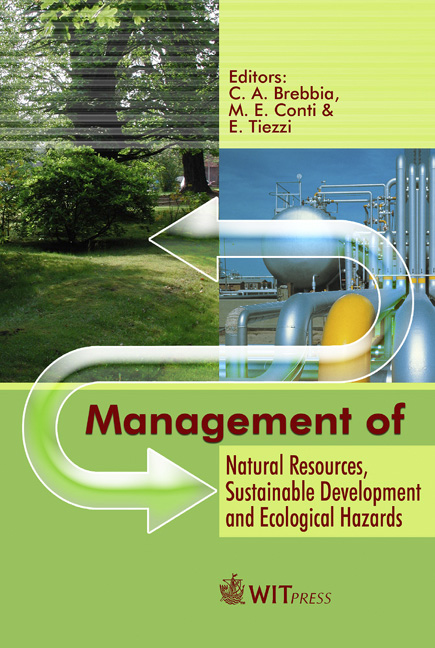Utilization Of Coal And Waste For Ecological Fuel Production
Price
Free (open access)
Transaction
Volume
99
Pages
8
Published
2006
Size
2,220 kb
Paper DOI
10.2495/RAV060781
Copyright
WIT Press
Author(s)
P. Sedlacek, J. Vales & M. Safarova
Abstract
When processing brown coal mined in the North Bohemian Basin, dusty types of low heating coal containing lots of ash are produced. This coal is difficult to sell. On the other hand when bituminous coal is produced, the waste is very fine, with a high calorific value, which is impossible to sell. World wide continuously increasing amounts of waste and their further processing is a big problem. For processing waste combined with coal the most suitable types of waste are those individual types of coal which use favourable qualities of reprocessed high-energy waste. Keywords: brown coal, waste, desulphurization, sulphur emissions. 1 Introduction Reliable and economically available energy sources are a key issue for the good economic function of any state. Therefore the basic aim of energy policies of European states is to ensure energy self-sufficiency and at the same time reduce the energy consumption of consumers. Globally, coal is the second most-used raw energy material in the world (after crude oil). In 2002 26% of world energy was produced by burning coal (more than 4.74 milliard tons of coal). According to an estimation by the IEA, world demand for coal will rise by approximately 1.4% per year until. It is expected that the amount of electricity produced in coal power plants will rise by 4% per year over the same period. Coal as a fuel has a number of economic advantages. It is situated in rich deposits that are more evenly located when compared to crude oil, and even less-developed countries are able to handle its, which is not too economically demanding.
Keywords
brown coal, waste, desulphurization, sulphur emissions.





